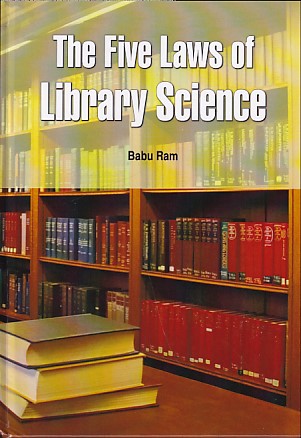Annotation
The five laws of library science are some of the most influential concepts in that field. S.R. Ranganathan's early education was of a mathematic background. This systematic way of thinking, he later applied to his work in library science, most notably his work on library classification and administration. The 5 Laws of Library Science is a theory proposed by S. R. Ranganathan in 1931, detailing the principles of operating a library system. Five laws of library science are called the set of norms, percepts, and guides to good practice in librarianship. Many librarians worldwide accept them as the foundations of their philosophy. Dr. S.R. Ranganathan conceived the Five Laws of Library Science in 1924. The statements embodying these laws were formulated in 1928. These laws were first published in Ranganathan's classic book etitled Five Laws of Library Science in 1931. The greatness of a library is determined not only by the richness of its collection but by its services, usages and accessibility. A few book kept in constant and extensive use is more valuable than thousands of book kept in palatial building. The Library schedule must be convenient to the reader. The large Library should open their door to the readers on holidays for sometimes. Proper cataloguing can also help in the use of books. A classified catalogue with analytical entries for all the hidden subjects in a book will go a long way in this direction. The aim of this publication has been to identify and arrange together all these relevant materials on and about the life and works of Ranganthan and impact of Ranganathan's contribution on librarianship, comparative librarianship and other aspects of the library and information science.
